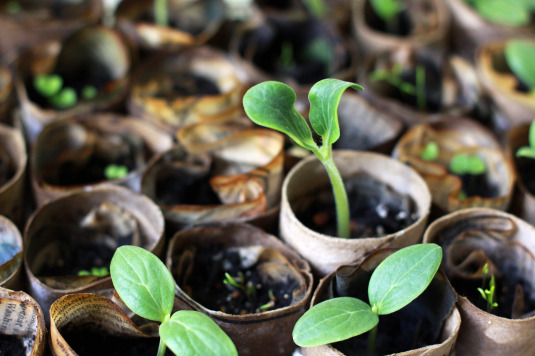Successfully sowing seeds…

Successfully sowing seeds… Springtime, is the right time for sowing seeds for your summer vegetable and flower gardens. Purchasing seedlings may save you some time, however seedlings can be problematic and often do not transition well from punnet to garden bed. The varieties of seeds you have to choose from is enormous so you can […]